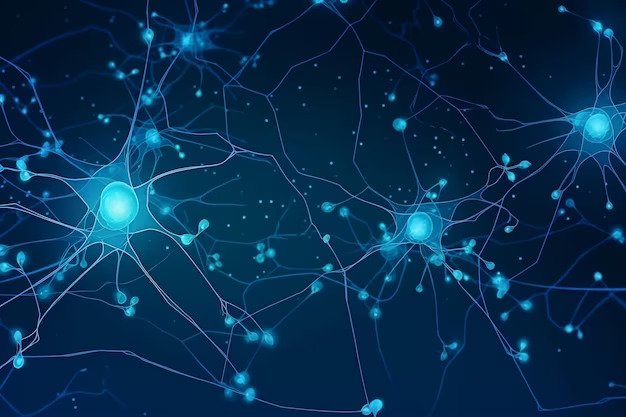Understanding Neural Connections in the Brain

Neural connections in the brain form the intricate networks that facilitate the transmission of information and enable the brain's diverse functions. These connections are essential for cognitive and physiological processes. Here are some key aspects of neural connections in the brain:
Key Points:
- 1. Neurons: Neurons are the fundamental units of the nervous system, responsible for transmitting and receiving signals. Each neuron consists of dendrites, a cell body, and an axon.
- 2. Synapses: Synapses are the junctions where neurons communicate through neurotransmitters, bridging the synaptic gap to transmit signals.
- 3. Excitatory and Inhibitory Connections: Neurons can form excitatory synapses, which promote the generation of action potentials, or inhibitory synapses, which prevent them.
- 4. Plasticity: Neural plasticity refers to the brain's ability to change its structure and connections in response to learning and experience, crucial for adaptation.
- 5. Neural Circuits: Interconnected neurons form neural circuits that control specific functions, such as sensory processing, motor control, and emotion regulation.
- 6. Long-Term Potentiation (LTP): LTP is a mechanism that strengthens synaptic connections, underlying the processes of learning and memory.
- 7. Gray and White Matter: The brain's gray matter contains neuron cell bodies and synapses, while white matter comprises myelinated axons, aiding in fast signal transmission.
- 8. Neurotransmitters: These chemical messengers transmit signals across synapses and influence various cognitive and physiological processes.
- 9. Connectomes: A connectome is a detailed map of the brain's neural connections, similar to a genome, aimed at understanding brain function and disorders.
The intricate network of neural connections underlies our thoughts, emotions, actions, and overall cognitive abilities. These connections are dynamic, adapting through experiences, learning, and changes in our environment, enabling continual growth and adaptation.
